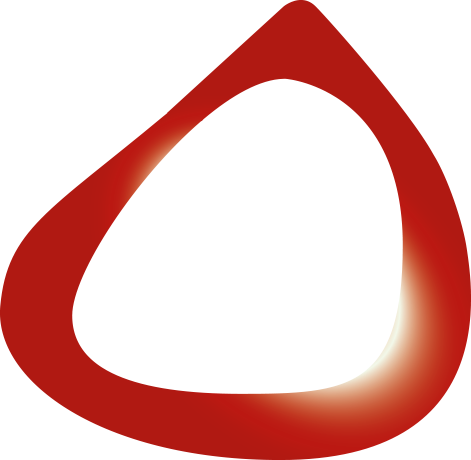It is a pathological condition characterized by loss of part or all of the hair, usually from the scalp or the body.
Alopecia areata is an autoimmune condition that affects 1-2% of the population.
Both sexes are affected with the same frequency, while the appearance of alopecia areata is more common in children and adolescents.
The autoimmune etiology of alopecia areata is enhanced by its coexistence with other autoimmune diseases such as vitiligo, Hashimoto's disease, Addison’s disease and more.
Total and universal alopecia areata are rare, as they represent 1-2% of all forms of alopecia areata.
Despite the autoimmune nature of alopecia areata, other factors also contribute to its occurrence.
Such factors are:
Long-term or sudden intense psychological or physical stress (fever, inflammation, malignancies)
Local injury
Viral or bacterial infection
Pregnancy
Hormonal disorders
Chemical substances
Allergic reactions
Seasonal changes
Symptoms
Typically, the first symptoms of alopecia areata are small round or oval depilatory plaques.
The underlying skin in alopecia areata appears normal and not scarred.
The most common sites of alopecia areata are hair and beard hair, but it can occur virtually anywhere on the skin.
Alopecia areata plaques are usually asymptomatic, although they may be itchy or slightly painful.
The disease may remit on its own or remain stable in chronic active alopecia areata.
Hair is lost in a short time, while cases of alopecia areata have been reported in which the patient loses all his hair overnight.
On clinical examination, the hairs near the alopecia areata plaque are thin and look like an "exclamation mark" as they get thinner closer to the root.
In active alopecia areata the hairs are easily detached during traction, while on re-emergence the hairs are usually white.
Treatment of alopecia areata
The treatment of alopecia areata is imperative, as it causes intense stress and psychological problems in patients who suffer, worsening the condition.
Treatment of alopecia areata is important as patients eliminate social phobia and improve their quality of life.
Usually the treatment of alopecia areata consisting of small plaques is done with corticosteroids, either topically in the form of cream or in the form of infusions with injections.
The recommended corticosteroid is triamcinolone acetonide.
There are many different approaches to treatment, depending of course on the case, the progression of the disease and the patient's consent.
However, the response to any treatment varies and depends to a large extent on the extent and duration of alopecia.
Such treatments are the following:
Treatment of Alopecia areata with topical corticosteroids
Use of Minoxidil
Treatment with topical immunomodulatory drugs
Bath PUVA therapy
Anti-TNF biological agents
Gene therapy
Use of a wig
Treatment of Alopecia areata with the PRP method
The latest development in the treatment of alopecia areata is the promising treatment with PRP (Platelet Rich Plasma).
PRP treatment has been used for many years in the treatment of wounds, burns and chronic ulcers, significantly accelerating healing and significantly improving the quality of the scar.
In recent years, it has been applied with great success in the treatment of hair loss, both at the level of conservative treatment and as an adjunct in combination with hair




